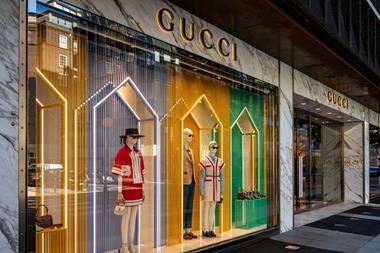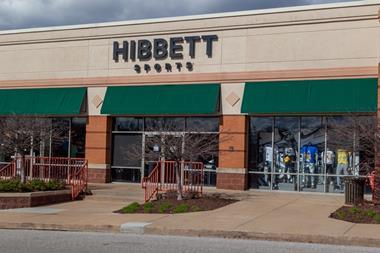However, compared to turnover, retailers have reduced their shrinkage rate from last year.
Of the Eu5.79 billion, shrinkage due to crime, as opposed to wastage, error and other causes, was Eu4.96 billion (£3.36 billion), which was also the highest in Europe. To tackle this, UK retailers are spending Eu1.45 billion (£981.2 million) annually on security, second only to German retailers.
When loss was compared to turnover, UK retailers had a lower shrinkage rate than Portugal, Finland, Slovakia, the Czech Republic and Hungary. This year's shrinkage rate of 1.33 per cent of turnover was an improvement on the 1.38 per cent lost by UK retailers last year.
British retailers pinned more of the blame for this loss on staff than any other European country, attributing 38 per cent of loss to staff, 43 per cent to customers, 4 per cent to suppliers and 14 per cent to internal error.
Professor Joshua Bamfield, author of the report and director of the Centre for Retail Research, explained the disparity between UK retailers' estimation of loss due to staff and the European average, which is 30.7 per cent. 'The UK population is more susceptible to crime generally, but also British retailers are more honest [when it comes to reporting crime figures],' he said.
Bamfield was keen to point out that a very small proportion of staff commit crime - as little as 0.2 per cent - but that those that do tend to get away with a lot.
Clothing and textile retailers experienced one of the highest shrinkage rates, at 1.66 per cent of turnover, followed by food specialists at 1.44 per cent and department stores at 1.38 per cent
The most-frequently stolen goods from food stores include perfume, razor blades and cosmetics; from department stores, women's clothing and designer items were more popular; and from other non-food stores, designer clothing and electricals came top.
























No comments yet